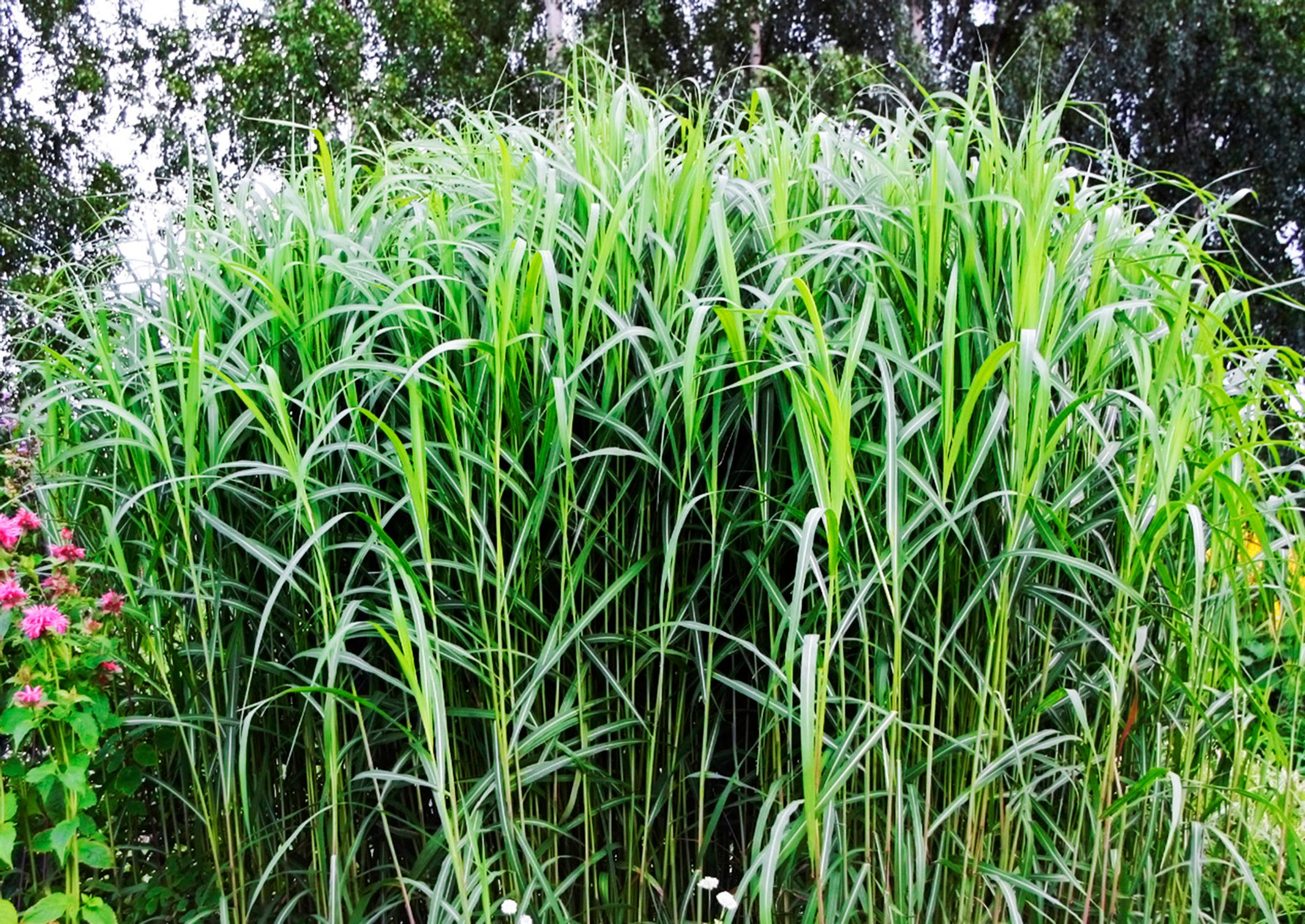
The best ornamental grasses–13 picks from us
Ornamental grasses come in many shapes and forms, bringing variety to your garden. They thrive in their own groupings or mixed in with perennials. Here are 13 beautiful options—pick your favorite!
Rushes, Juncus spp.
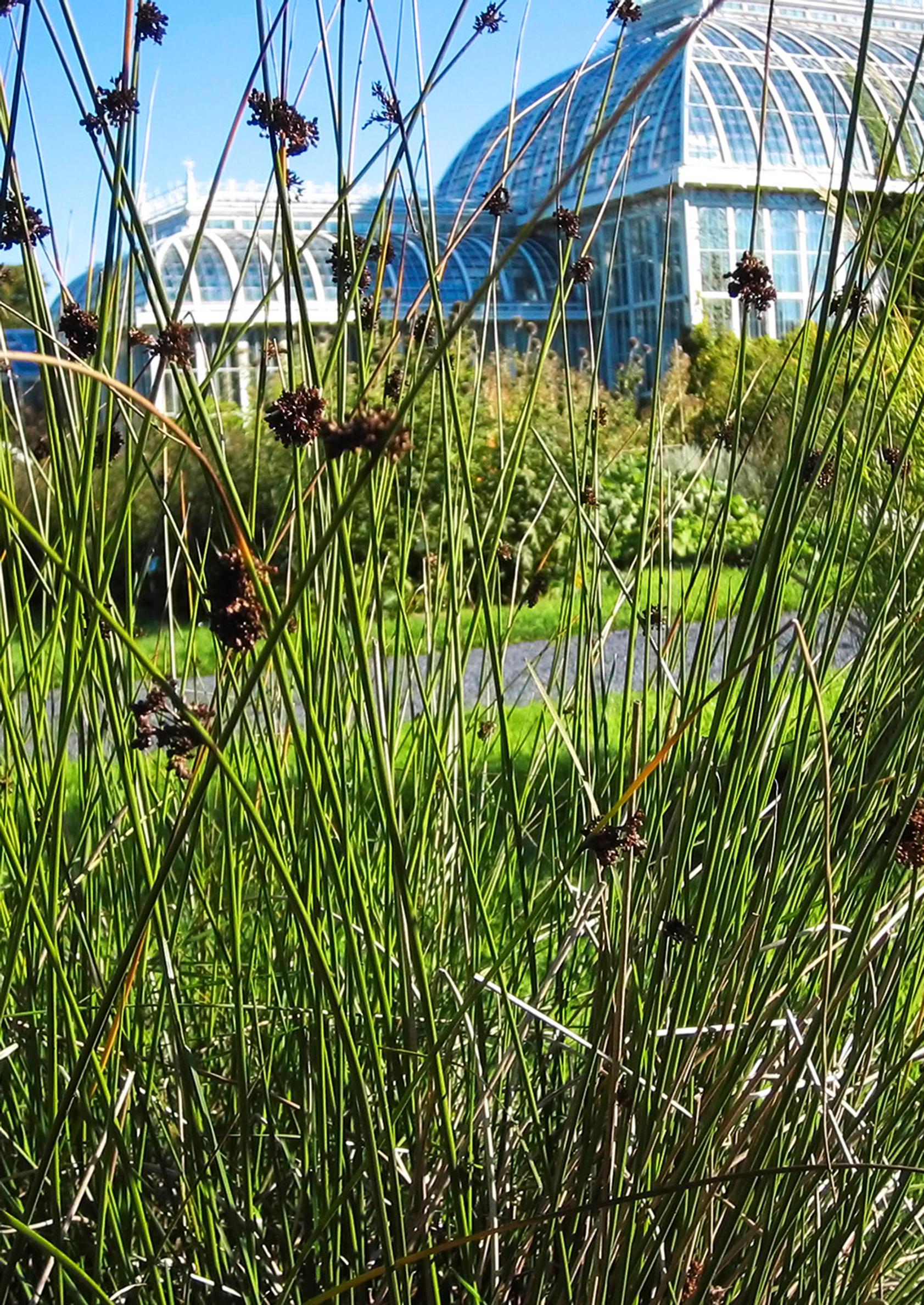
Rushes need a moist site, which makes them ideal along the edges of a garden pond or in wetlands. Their hollow, tubular leaves, which resemble drinking straws, give them a stiff, upright habit. Some rushes produce dense, fan-like blooms along the stem. In Finland, they grow in the wild, spreading in a controlled way without wandering far.
Height: 30–60 cm
Light requirement: sun or partial shade
Blooming season: June–August
Chinese silver grass, Miscanthus sinensis ’Uppsala’
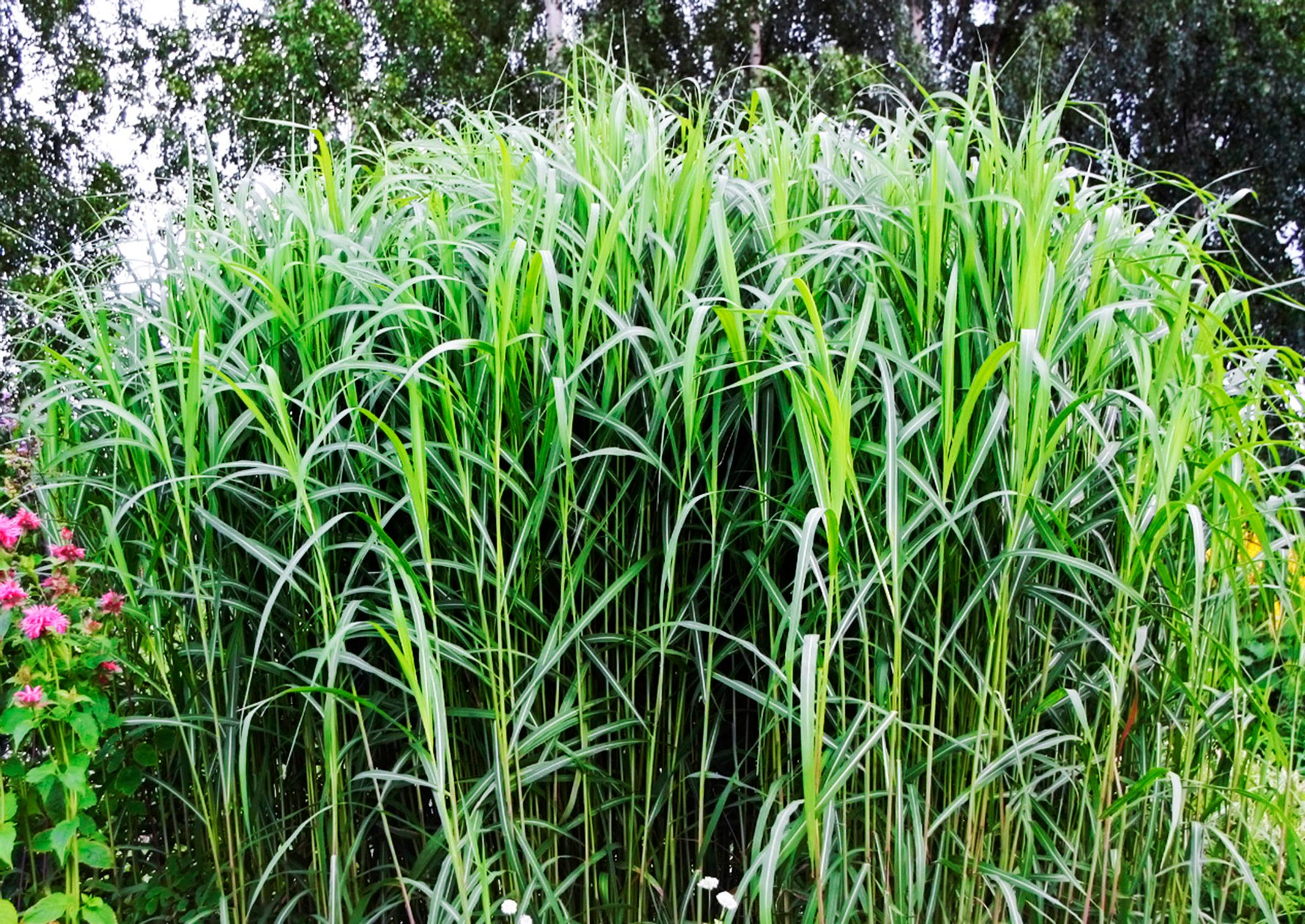
For blooming, this plant needs plenty of warmth and sunlight, and it may not bloom every year. ’Uppsala’ is very vigorous grass variety. If you plant it at the back of a perennial bed, use a thick root barrier. Alternatively, let it form a hedge, simply mowing around it. Its green leaves turn yellow in autumn and remain until spring, when you cut down the straw-like growth. The flowering stems can be used for crafts.
Height: 200 cm
Light requirement: sun or partial shade
Blooming season: September–October
Copper sedge, Carex buchananii ’Firefox’
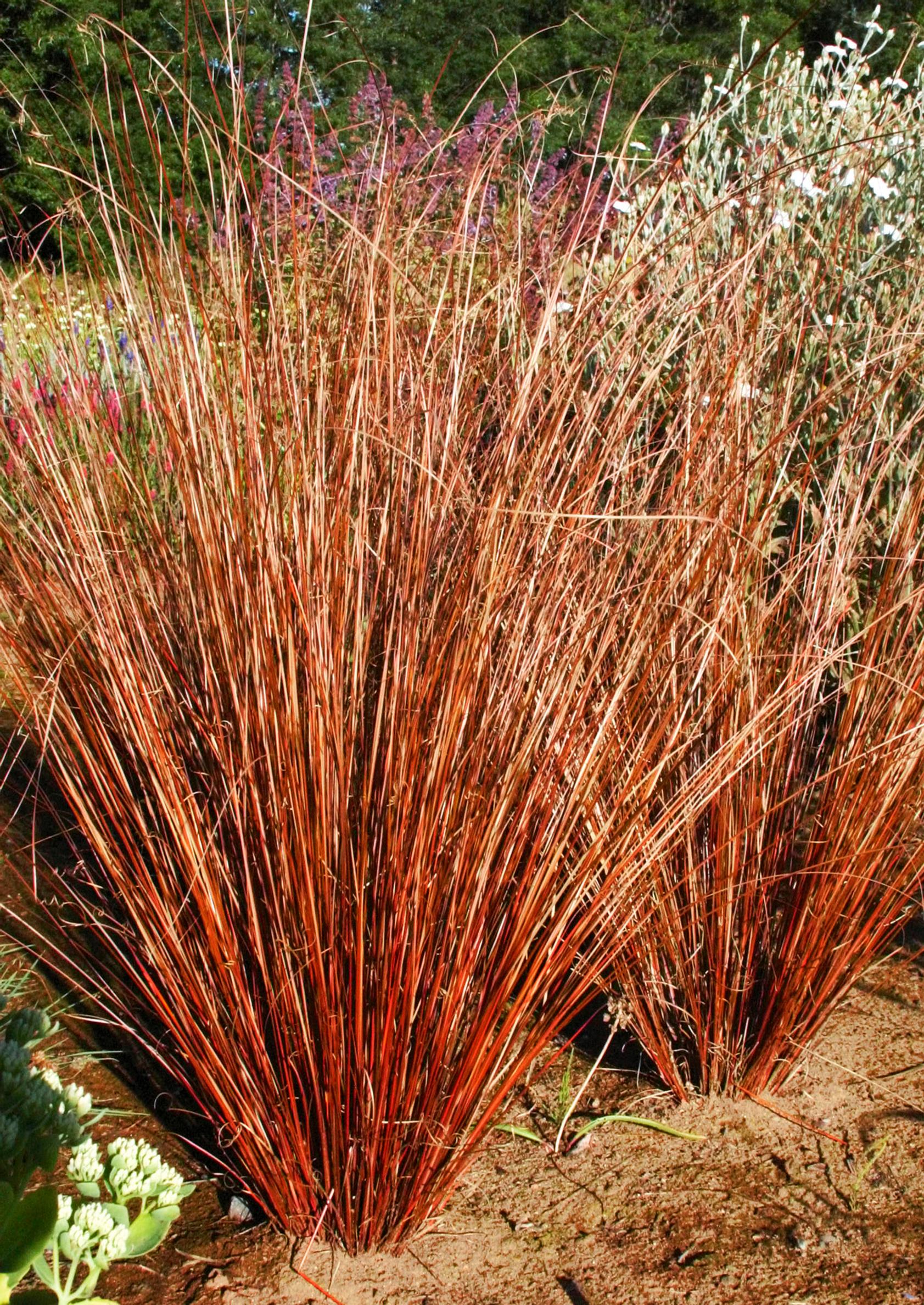
This upright, sturdy copper sedge fans out beautifully and adds color to your garden all winter. It is evergreen and continues to grow in spring: never cut it back. It prefers poor, sandy soil and won’t tolerate wet conditions. Its striking color and graceful shape stand out in a more open planting. It pairs beautifully with blue-gray conifers–perhaps in a rock garden.
Height: 60–70 cm
Light requirement: sun
Blooming season: August–September
Blue hair grass, Koeleria glauca
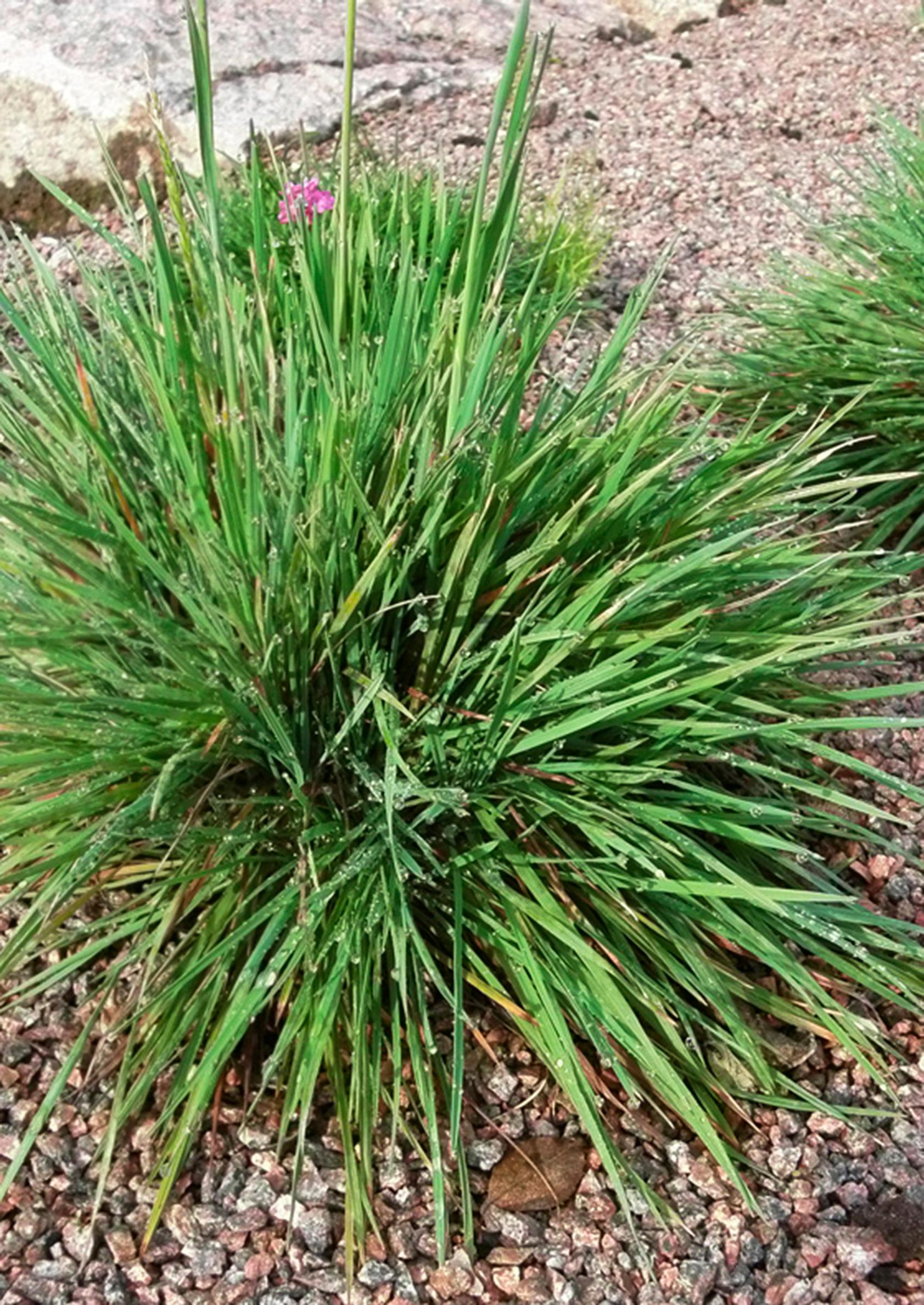
Blue hair grass is a perennial featuring blue-gray foliage. Its flower stems stand tall above the leaves, forming loose, pale clusters that turn silvery as they mature. This plant prefers full sunlight and well-draining soil. To highlight its rounded, tufted form, give it room to grow, planting them in a staggered grouping rather than side by side. Blue hair grass does well in rock gardens, near conifers, as a border plant, or on top of a wall.
Height: 25 cm
Light requirement: sun
Blooming season: June–August
Blue fescue, Festuca glauca
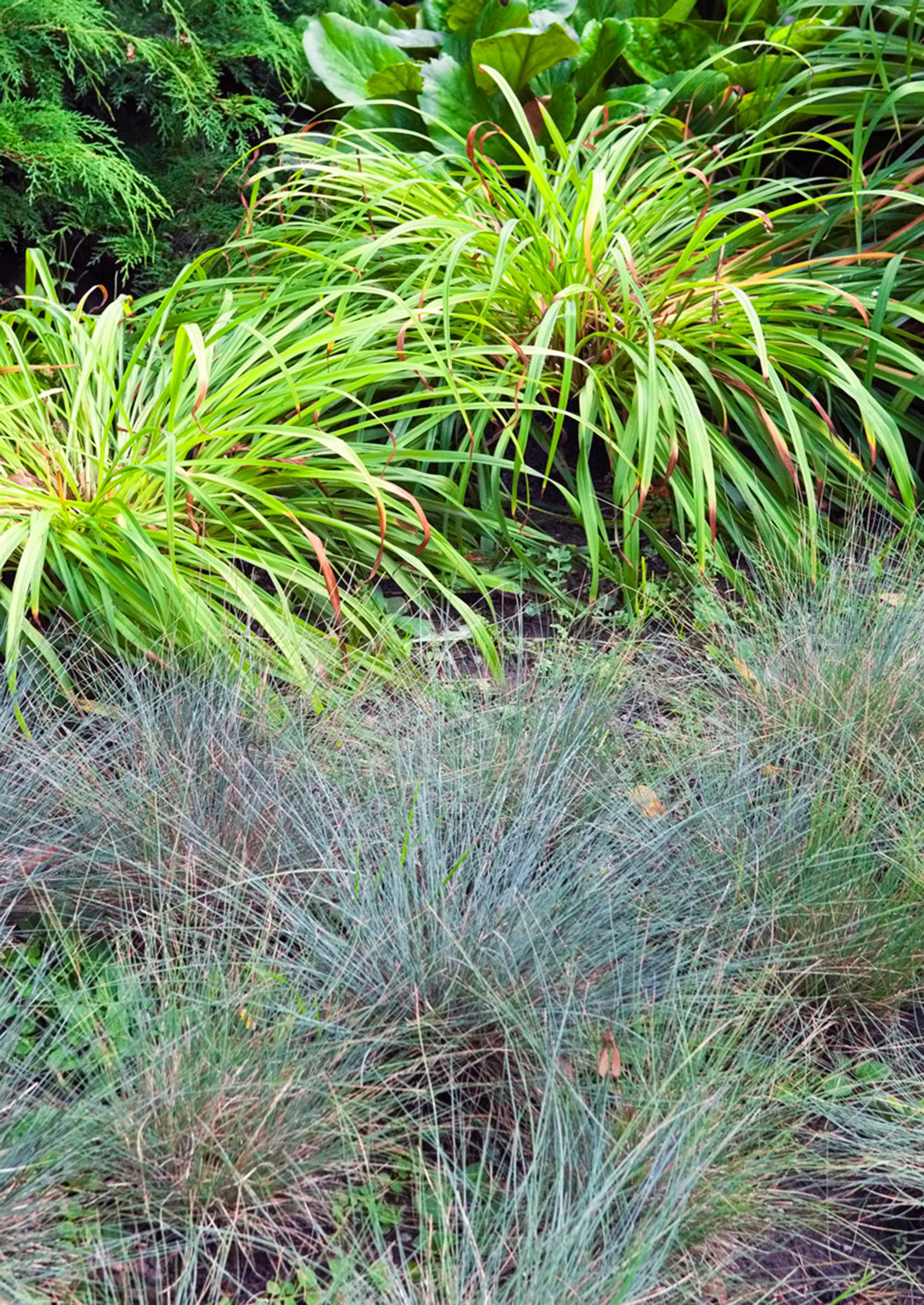
Blue fescue forms a low, tufted mound of delicate, blue-gray leaves. It grows best in sandy soil, and rainwater should be diverted away from its roots, as it doesn’t tolerate winter wet. Use blue fescue among small, airy flowering plants as edging or in containers with summer annuals. It also fits well with conifers. The plant has no problem growing even if the flower heads are removed.
Height: 20 cm
Light requirement: sun or partial shade
Blooming season: June–July
Sand ryegrass, Leymus arenarius
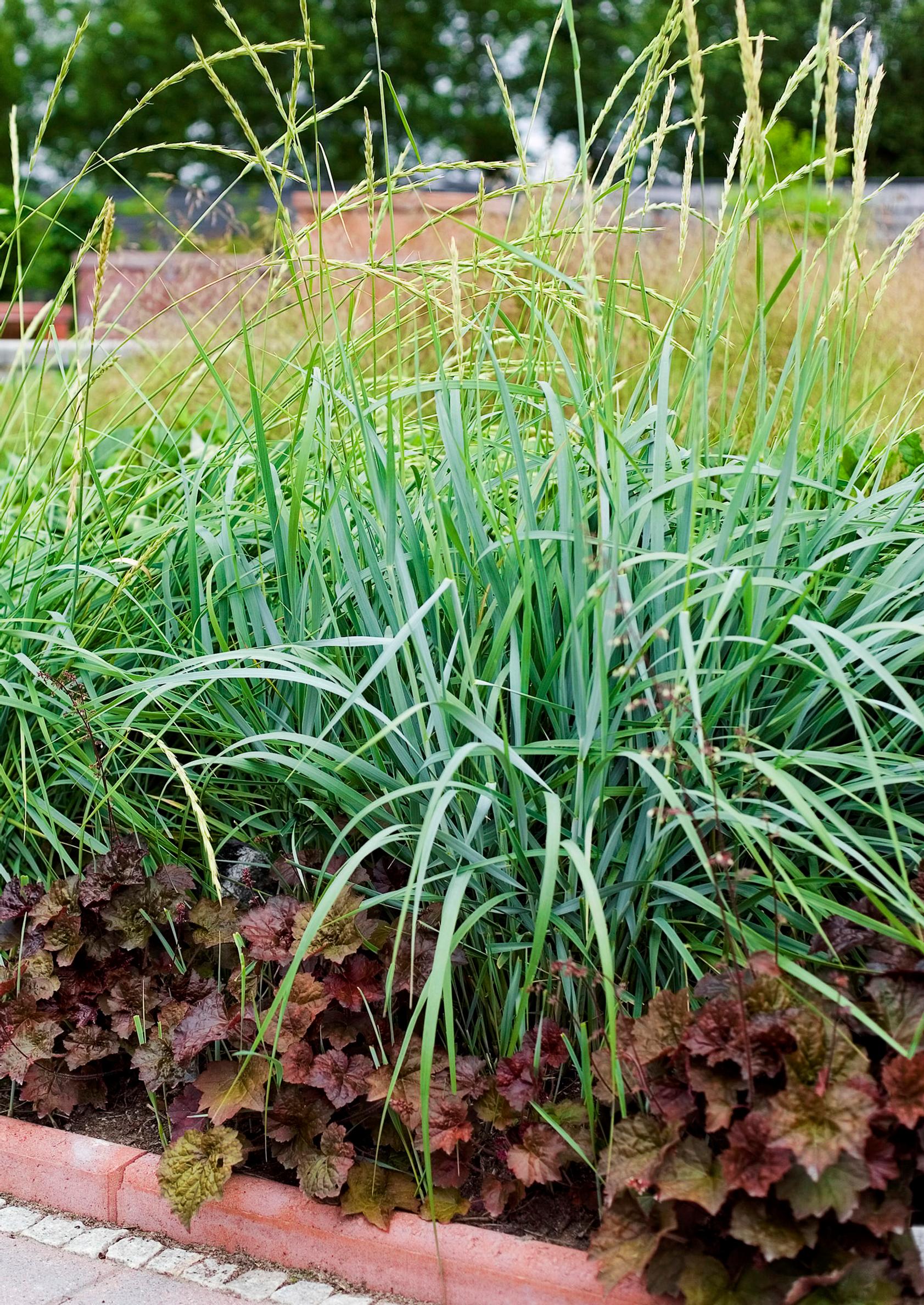
Naturally found on seaside shores, beach rye is perfect for the sandiest, most barren parts of the garden where other plants may struggle. Its blue-gray leaves are sturdy and upright, with tips sharp enough that running through it barefoot is not recommended. The flower spike can reach about one meter in height and resembles a wheat ear. By planting beach rye in patches throughout a rock garden, you can bring a seaside feel to your yard.
Height: 50–100 cm
Light requirement: sun or partial shade
Blooming season: August
Korean feather reed grass, Calamagrostis brachytricha
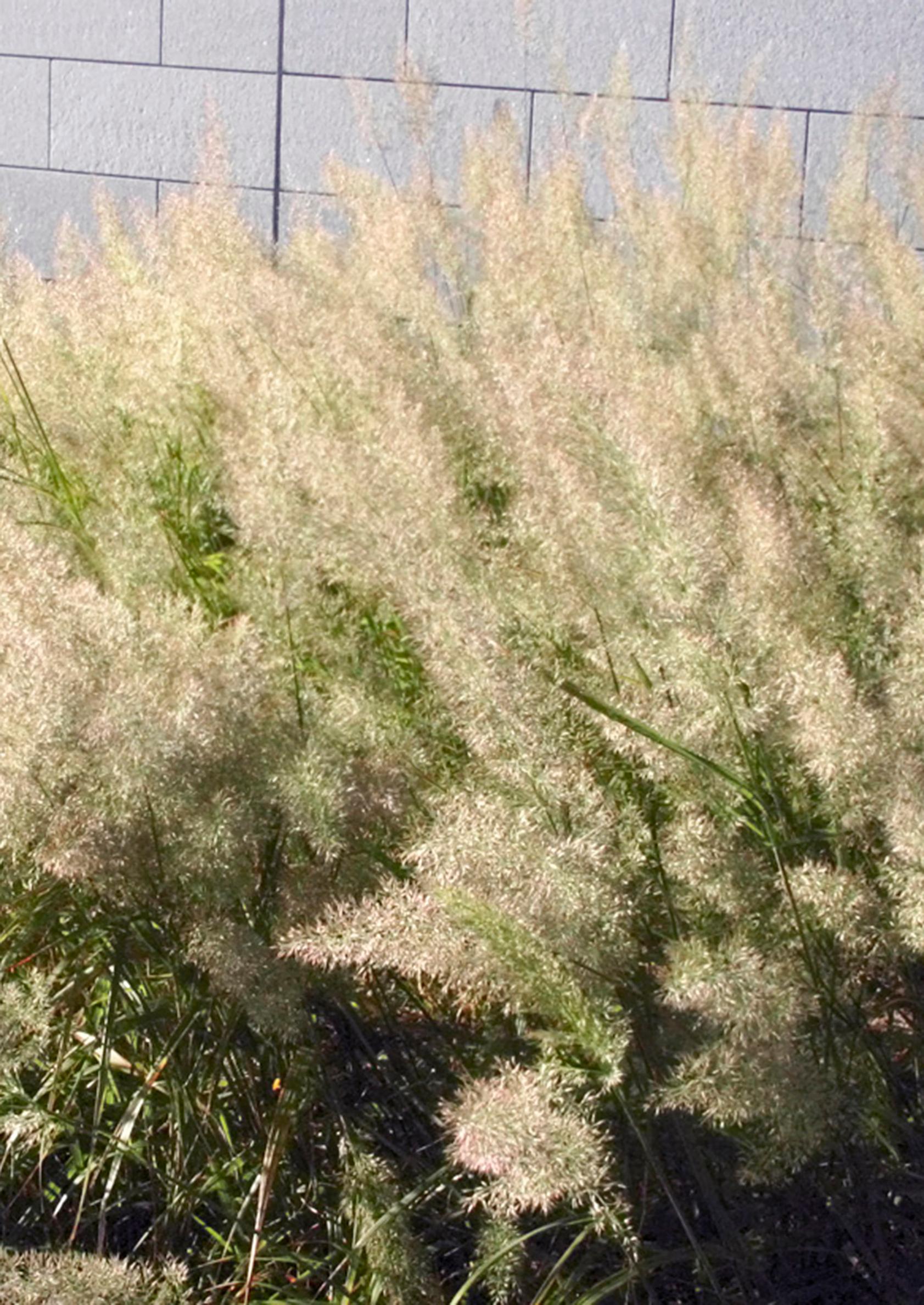
Korean feather reed grass produces striking blooms even when young. Its plumes start out greenish red and turn silvery gray as they mature. The green foliage is fairly delicate and slightly arching. Do not cut it back in autumn. It does well in typical, well-drained garden soil, and a raised bed can help prevent winter wet. Its autumn blooms add interest to perennial and conifer groupings, and it doesn’t spread aggressively.
Height: 80–90 cm
Light requirement: sun
Blooming season: September
Ribbon grass, Phalaris arundinacea ’Picta’
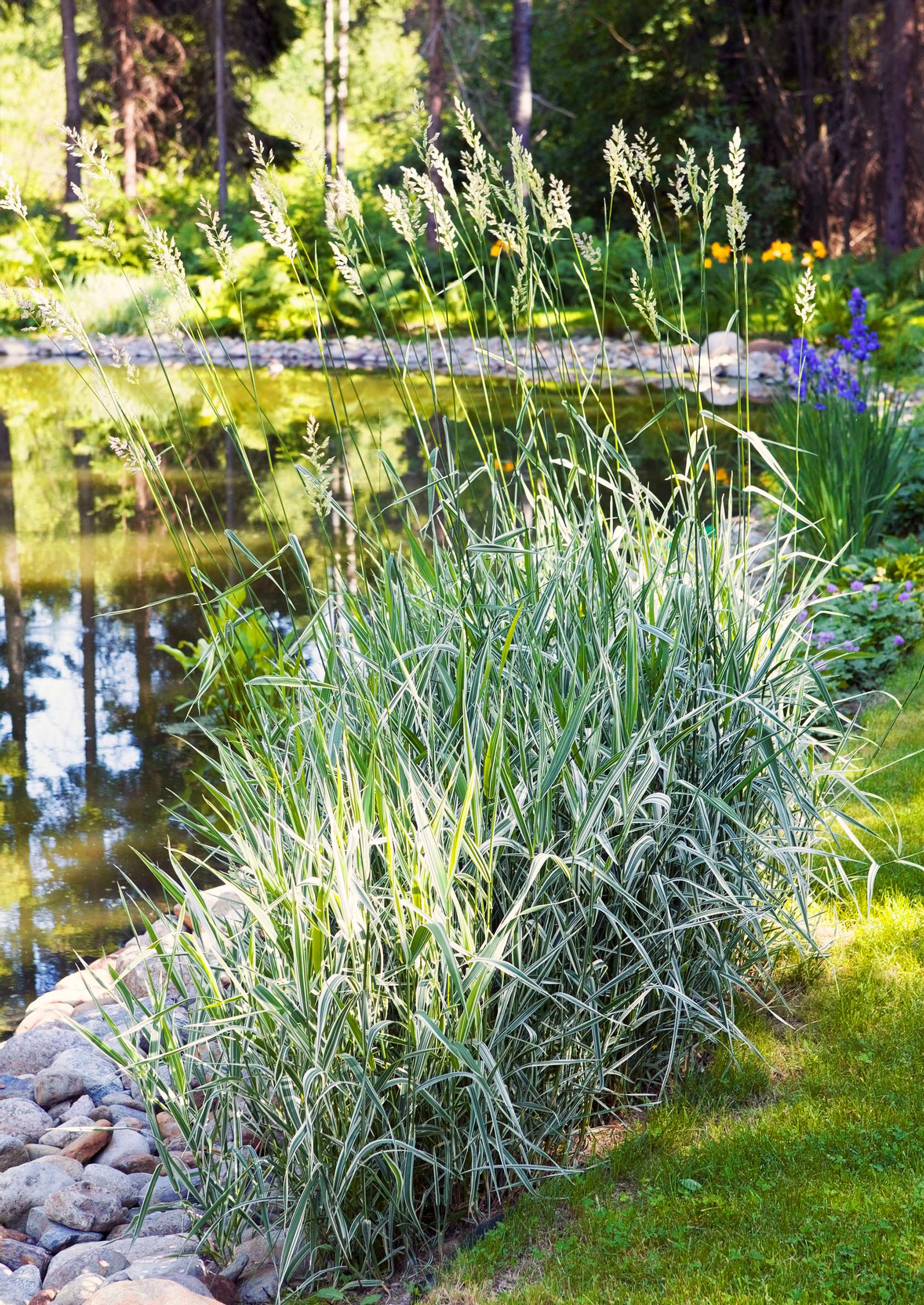
Ribbon grass is easy to grow and adapts to many sites, though it spreads quickly. It’s important to choose a spot where it won’t crowd out other plants. You can control its spread with a root barrier, leaving a few inches of the barrier above ground. Ribbon grass overwinters reliably. Its striped leaves add lightness and brightness next to large, green-leafed plants, and its bamboo-like look also suits a Japanese-style garden. It also thrives in wetlands and along pond edges.
Height: 100 cm
Light requirement: sun or partial shade
Blooming season: August
Tufted hair grass, Deschampsia cespitosa ’Goldschleier’
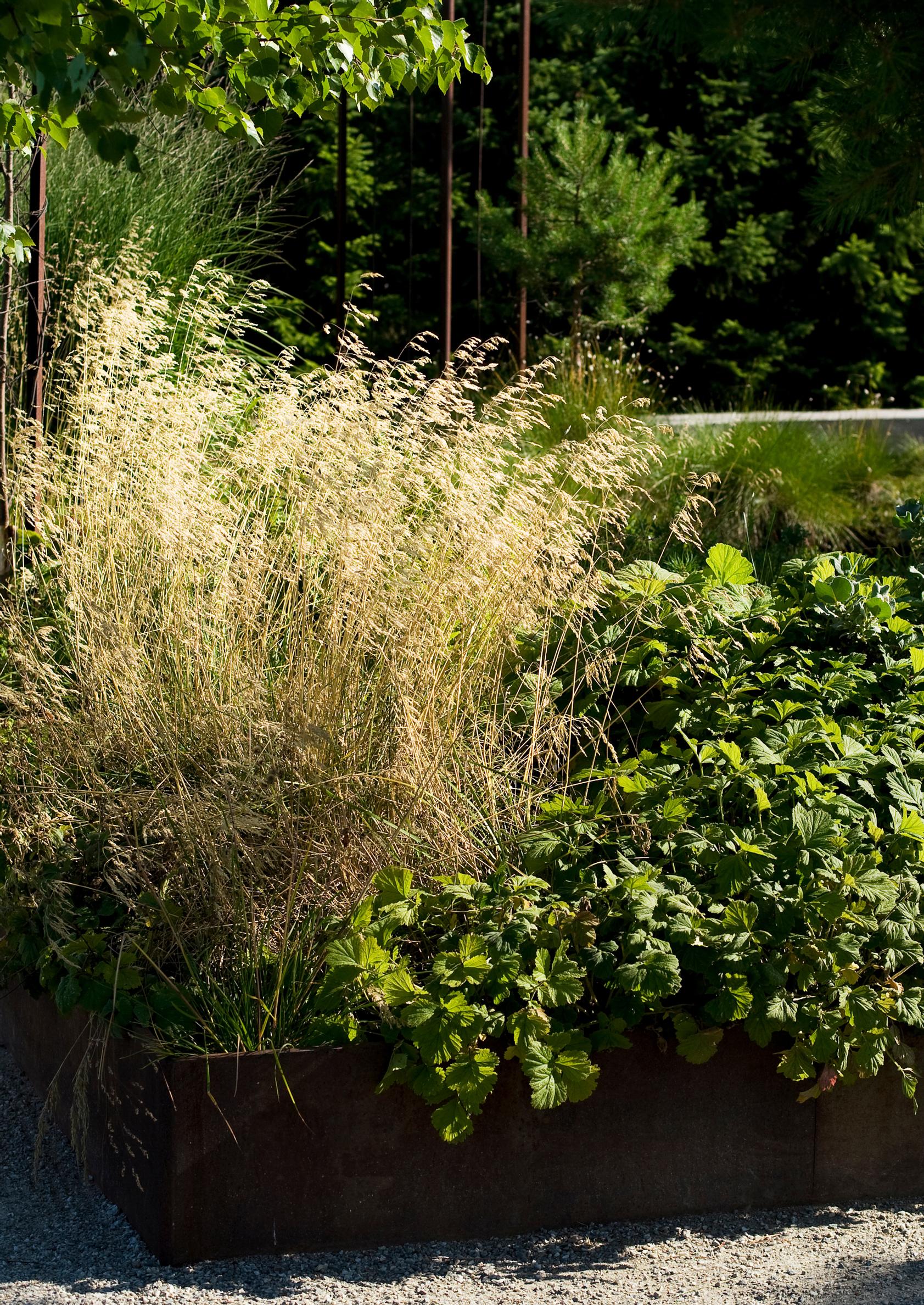
The tufted hair grass blooms golden-yellow in July–August and the grass can grow well over a meter high. Plant it in fresh or moist soil, in sun or partial shade. It makes for a good groundcover, forming large clumps over time.
Height: about 100 cm
Light requirement: sun or partial shade
Blooming season: July–August
Feather reed grass, Calamagrostis x acutiflora ’Overdam’
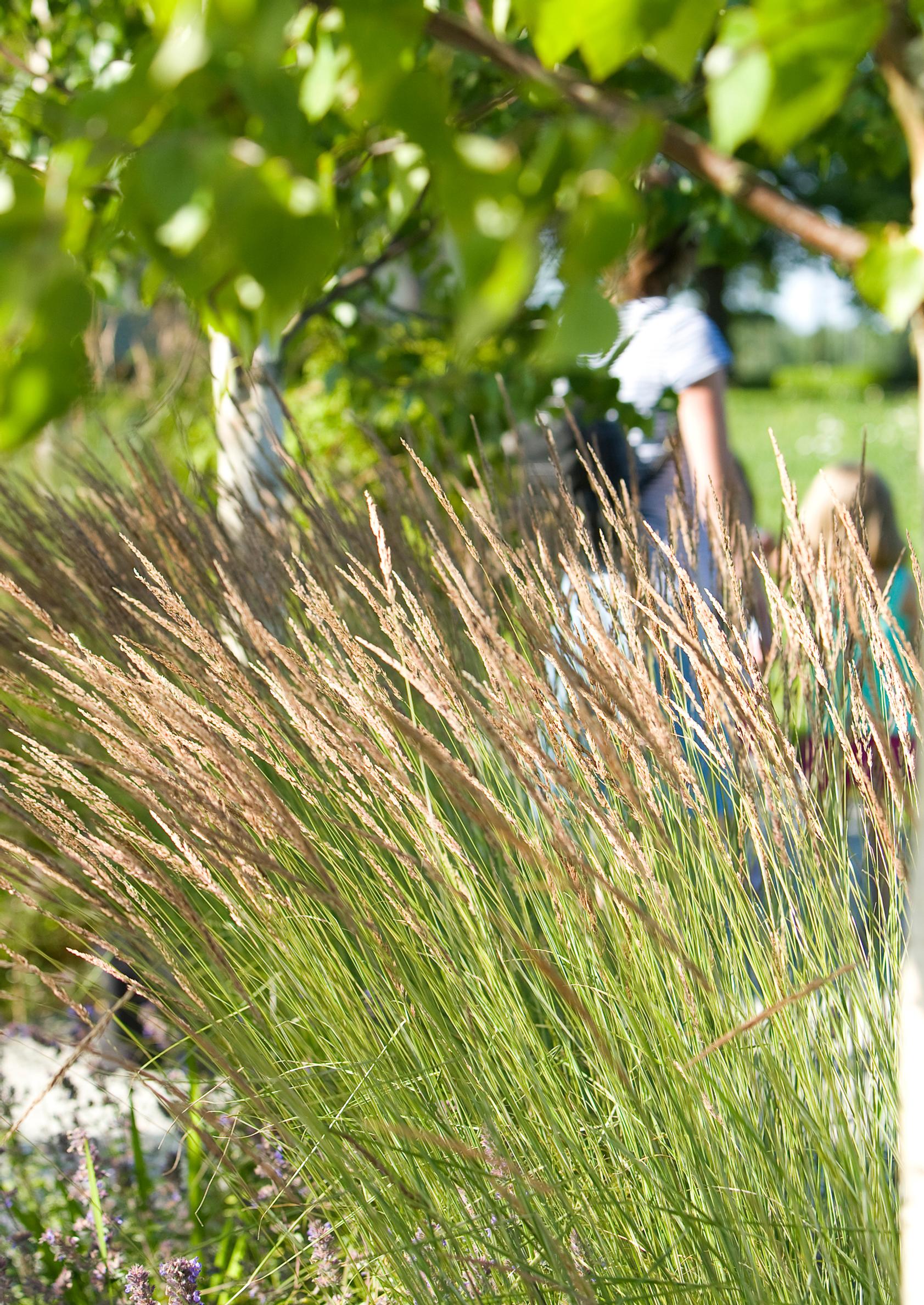
This sturdy, low-maintenance grass does not spread by seed. The grass forms dense, large clumps. Its upright flower spikes look impressive in winter. Plant it as a focal point among perennials or use it as a divider. It has variegated leaves.
Height: foliage approx. 70 cm, flower spikes approx. 150 cm
Light requirement: sun or partial shade
Blooming season: June
European feather grass, Stipa pennata
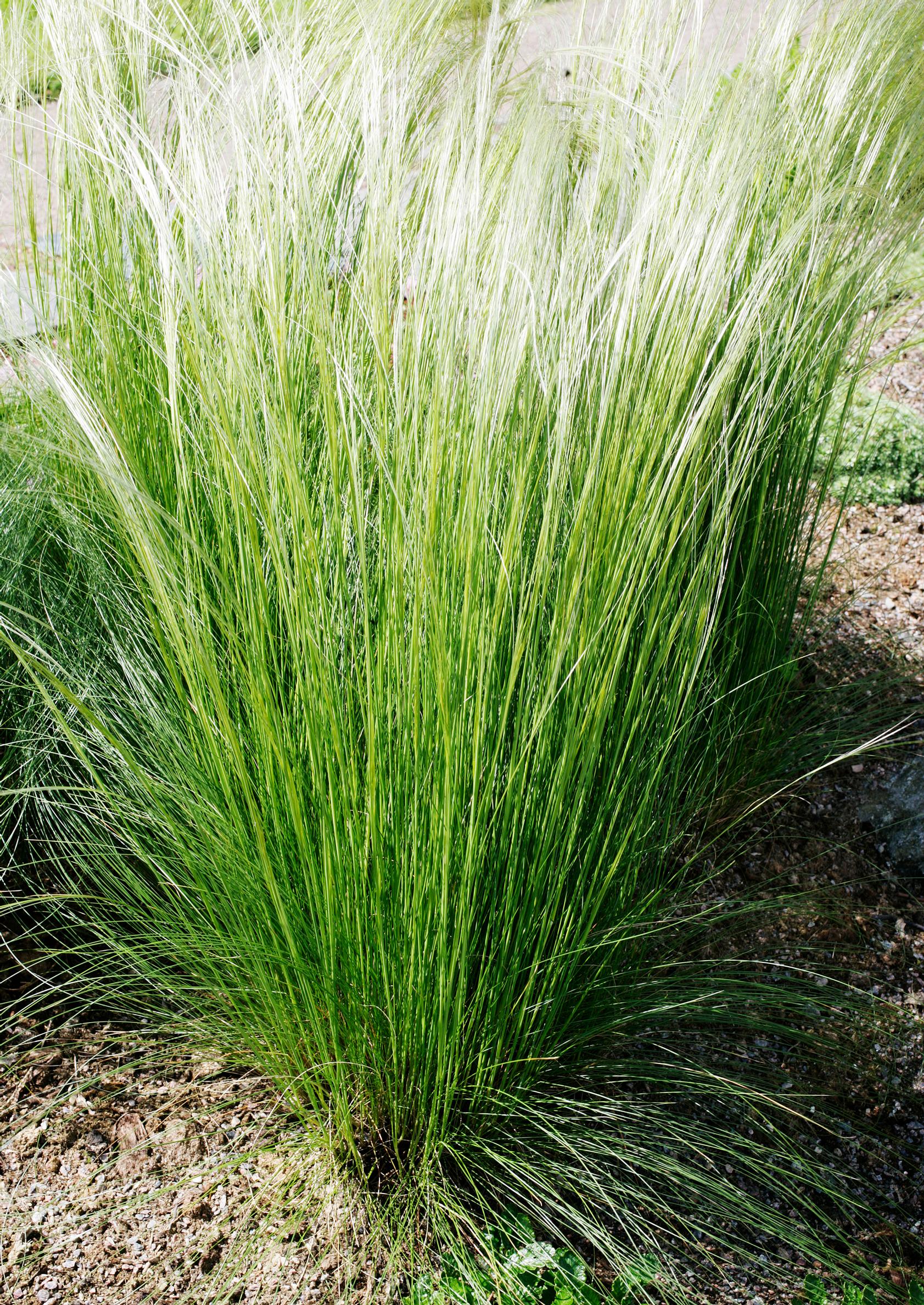
This grass grows in dense, upright tufts. Its leaves reach about 30 cm, while the light, feathery flower plumes can grow to about a meter. It prefers hot, sunny conditions and tolerates drought, making it suitable for containers or rock gardens. It is somewhat delicate and may not survive harsh winters.
Height: foliage approx. 30 cm, flower spikes 70–100 cm
Light requirement: full sun
Blooming season: June–July
Purple moor grass, Molinia caerulea ’Heidebraut’
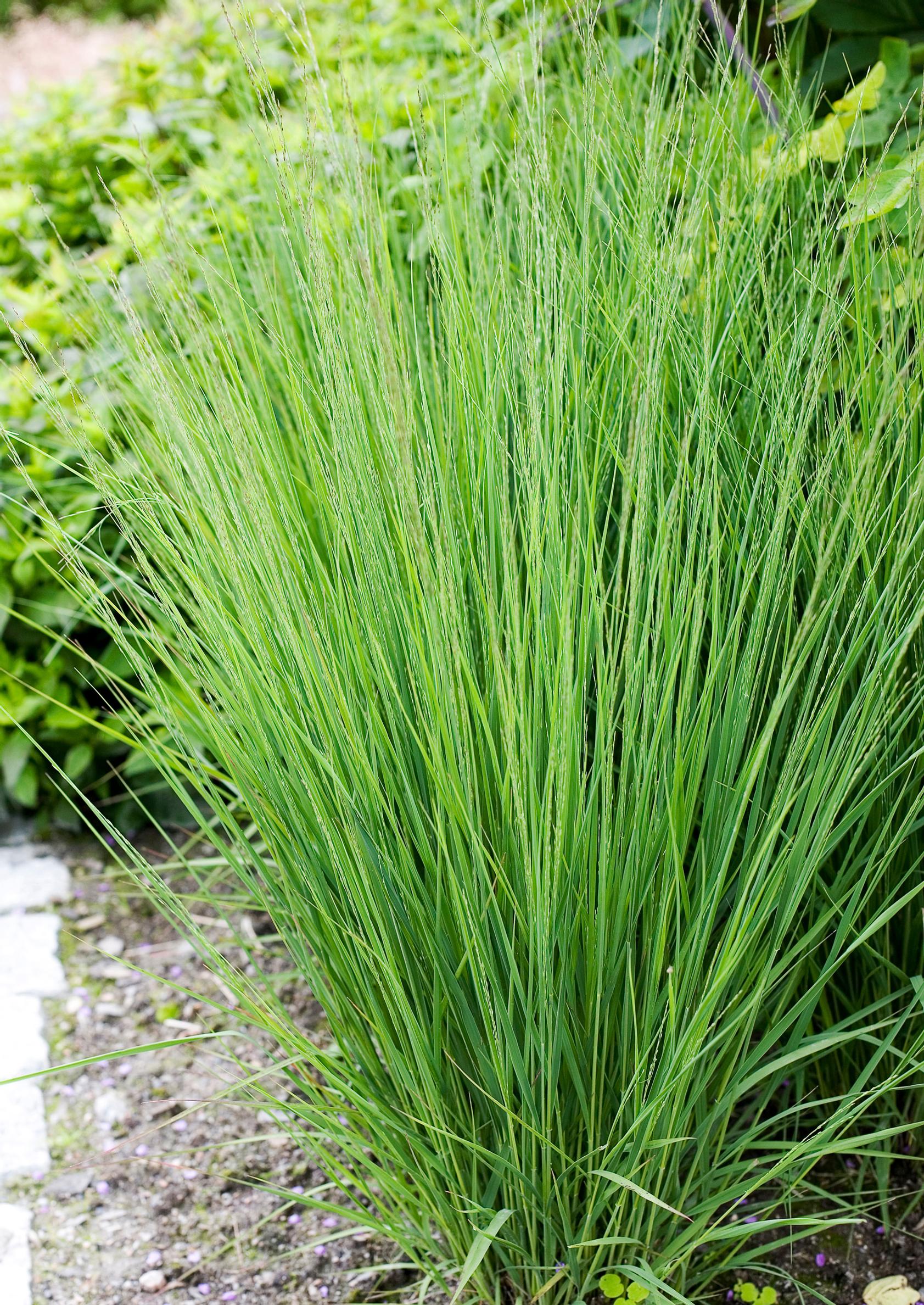
This fairly hardy ornamental grass grows upright and narrow, making it stand out among other plants. It does well in typical garden soil. The foliage reaches about half a meter, while the flower spikes can reach about a meter. A sunny spot is ideal.
Height: foliage 30–50 cm, flower spikes 80–120 cm
Light requirement: sun
Blooming season: July–September
Golden wood millet, Milium effusum ’Aurea’
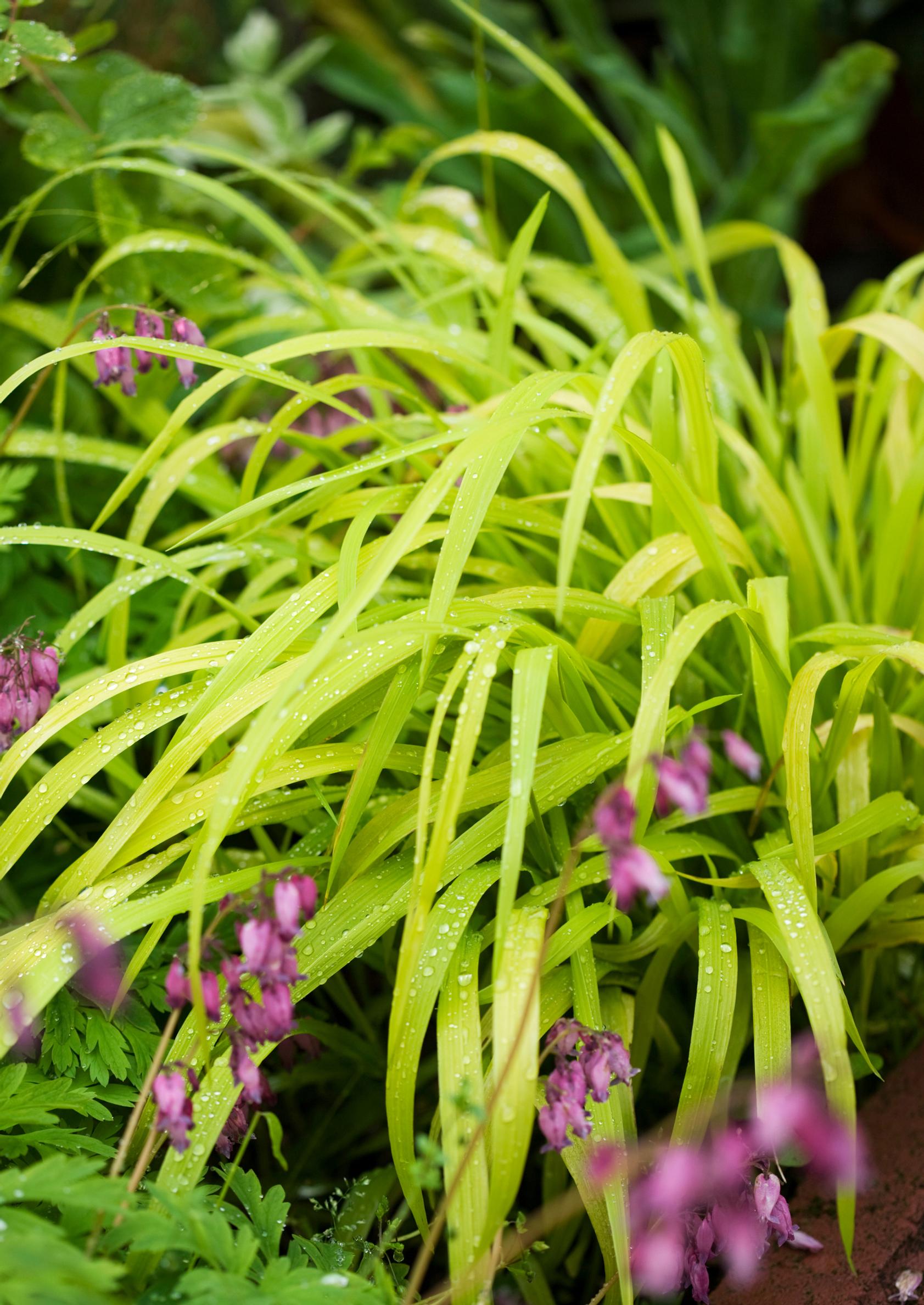
This is a yellow-leaved variety of native wood millet. Plant it in fertile soil and partial shade among other plants. It grows 30–50 cm tall, forming a tufted habit.
Height: 30–50 cm
Light requirement: partial shade (shade)
Blooming season: June–July
Experts: Tea Pihkoluoma, Pinsiön Taimisto, and Sinikka Wegelius, Terolan Taimitarha
Images: A-lehdet image archive and Terolan Taimitarha


